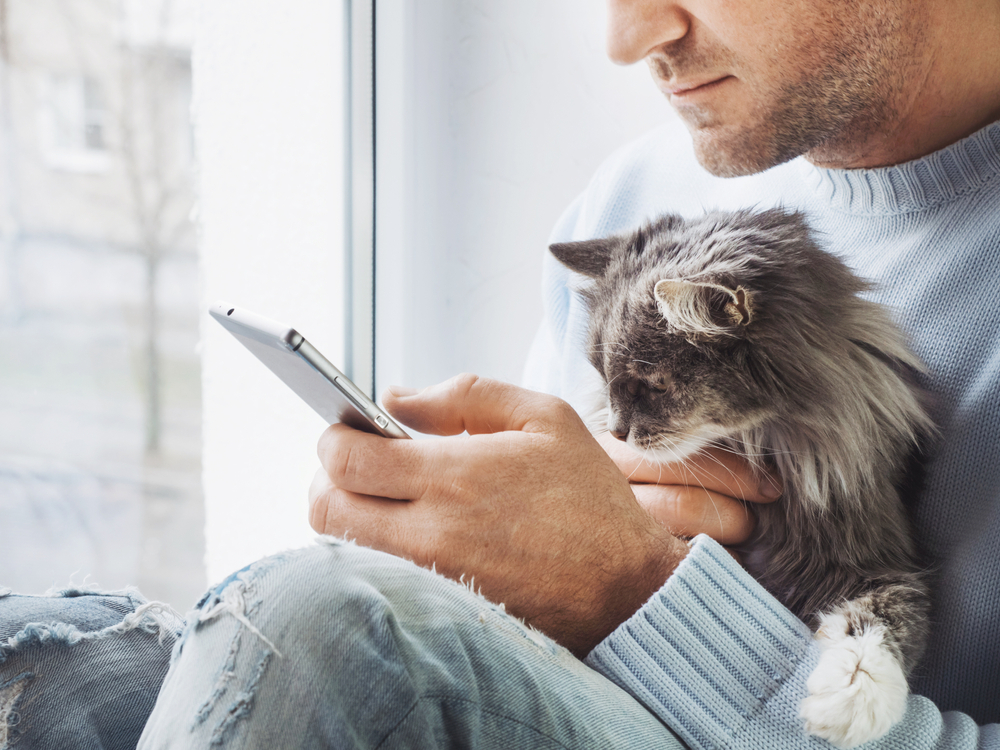Many conditions can cause pets to have seizures, which can be extremely upsetting to witness, especially if the seizure is unexpected. Our team at MountainView Veterinary Hospital wants to help by providing information about seizures in pets, and what you should do if your pet is affected.
Seizure causes in pets
A seizure is uncontrolled electrical activity between brain cells that causes temporary abnormalities in muscle tone, movements, behavior, sensations, and state of awareness. Seizures can be caused by issues inside the brain, as well as disease processes outside the brain. Causes in pets include:
- Idiopathic epilepsy — Dogs most commonly experience seizures caused by repeated activity with no known origin. The condition appears genetic, and seizures typically affect purebred dogs between the ages of 6 months and 6 years. Schnauzers, basset hounds, collies, cocker spaniels, Labrador retrievers, and golden retrievers are at increased risk.
- Viral infections — Viral infections, such as feline infectious peritonitis (FIP), feline immunodeficiency virus (FIV), and feline leukemia virus (FeLV), commonly cause seizures in young to middle-aged cats. Other signs may include fever, respiratory signs, vomiting, and diarrhea.
- Brain tumors — Tumors, such as meningiomas, commonly cause seizures in senior dogs and cats.
- Toxins — Toxic substances, including xylitol, caffeine, rodenticides, and certain medications, can cause seizures in pets.
- Trauma — A traumatic brain injury can result in seizures.
- Systemic disease — High blood pressure, hypoglycemia, liver disease, and kidney disease can lead to seizures.
- Heatstroke — Body temperatures above 106 degrees in pets can cause brain inflammation that leads to seizures.
Seizure signs in pets
Seizures can be generalized and involve the entire body, or focal, involving only one body area. Most seizures proceed through three stages.
- Pre-ictal phase — Before the seizure occurs, your pet may hide, seem nervous, or seek attention. They may also be restless, whine, shake, or salivate. This phase typically lasts a few seconds to a few hours. The pet may sense an episode is about to occur.
- Ictal phase — This is the phase when the seizure occurs. Signs can be mild, including slight alterations in mental awareness, licking lips, staring aimlessly, and twitching a single limb. If the pet experiences a grand mal seizure, signs are much more dramatic, including losing consciousness, paddling limbs, drawing the head backward, and urinating and defecating.
- Post ictal phase — Following a seizure, pets are typically confused and disoriented, and in some cases, become temporarily blind.
Seizure diagnosis in pets
The seizure’s underlying cause must be determined to properly address your pet’s condition. Diagnostic measures include:
- History — We will ask you to provide a thorough history about your pet’s medications, if they ingested any potentially toxic substances, if they injured their head, and if they have any known health conditions.
- Physical examination — We will evaluate your pet thoroughly from nose to tail to see if any abnormalities are present that could explain your pet’s condition.
- Blood work — We will perform a complete blood count and biochemistry profile to determine if any irregularities are present.
- Advanced imaging — We may recommend advanced imaging, such as magnetic resonance imaging (MRI) or computed tomography (CT).
Seizure treatment in pets
The seizure’s underlying cause will determine your pet’s treatment. In epileptic pets, treatment may not be necessary unless the case is severe. Typically, treatment is started in pets who have more than one seizure a month, experience seizure clusters, or who have a severe or prolonged grand mal seizure. Usually, pets who start on an anticonvulsant must receive the medication for life. In addition, your pet’s diet may be changed to include medium-chain fatty acids as a fat source. These fats, such as dairy fat, coconut oil, and palm kernel oil, may cause a direct anti-seizure effect to help improve seizure control.
Handling a seizing pet

Steps you can take if your pet experiences a seizure include:
- Remain calm — Witnessing a seizing pet is upsetting, but you should remain calm to ensure your pet gets the help they need.
- Protect your pet from injury — Move your pet away from hard objects and stairs, so they do not injure themselves during the seizure.
- Remove other pets — Some pets may act aggressively toward a seizing pet, so remove other pets to ensure they don’t interfere.
- Don’t get bitten — Pets don’t swallow their tongue, so don’t place your hands near their mouth to avoid being bitten.
- Time the seizure — Record how long the seizure lasts.
- Video the seizure — If possible, have someone video your pet’s seizure, so you can show our veterinary professionals the episode.
- Contact your veterinarian — Once the seizure is over, contact MountainView Veterinary Hospital for advice on how to proceed. If your pet seizes for longer than three minutes, rush them to an emergency veterinary hospital as soon as possible.
- Comfort your pet — Most pets are upset after a seizure, and will look to you for comfort.
Seizures are concerning for you and your pet, but knowing what actions to take can help you stay calm in the moment. If your pet experiences a seizure, contact our team at MountainView Veterinary Hospital as soon as possible, so we can determine if they need immediate care.









Leave A Comment